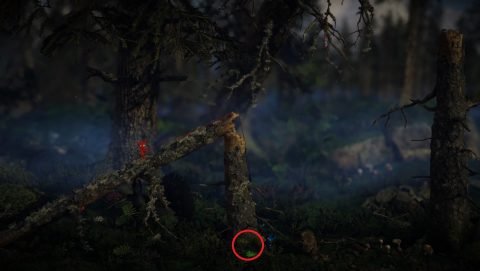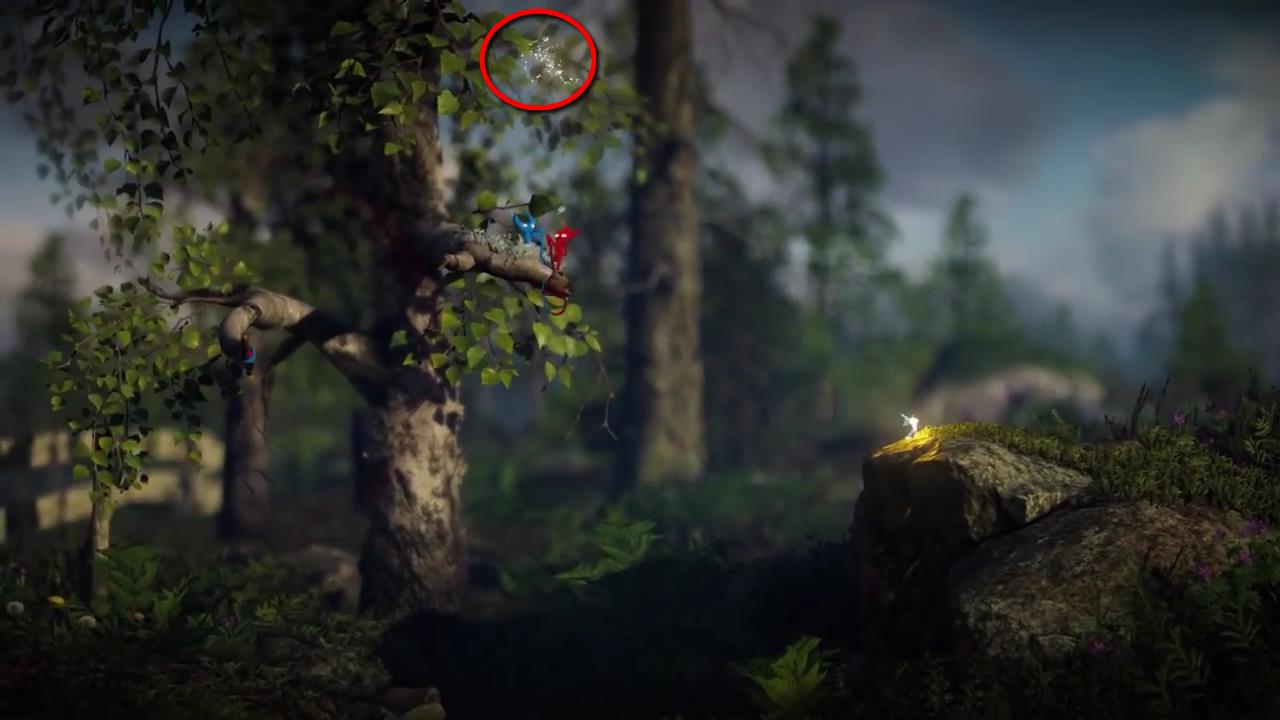

It’s one less menace aggrieved Southerners can complain about. Less kudzu hearkens a loss of Southern history and culture. Milder winters, due to a warming climate, are allowing kudzu to spread into the Midwest, Oregon, even Canada. The South’s loss is the North’s unrequited gain.

Miller and other scientists say Japanese honeysuckle and other invasive species pose greater threats than kudzu to Southern biodiversity. Rampant development, a kudzu-eating bug and herbicides threaten kudzu’s spread beyond the forests. The city of Atlanta, by comparison, comprises 85,000 acres. Kudzu covered only 227,000 acres of Southern forests in 2010, according to the Forest Service, a remarkably reduced amount of territory compared with previous years. “We can stop the spread of kudzu - we can lick it - and reclaim the land for other uses.” Forest Service in Auburn, Ala., whose four decades of work on invasive species earned him the affectionate nickname. “It’s in retreat,” said Jim Miller, a somewhat retired research ecologist with the U.S. The invasive plant’s ever-marching vines constrict countless trees in Atlanta’s parks.īut the scourge of pine tree farmers and backyard enthusiasts alike is fading into the South’s rearview mirror like Stuckey’s and winning Braves’ teams.

That utility right of way near Smyrna? Covered in layer upon layer of kudzu carpet. Drive down that rural Coweta County road and the three-leafed monster is still wrapping old barns in a green embrace. Kudzu’s decline is difficult for a Southerner to grasp. Slowly, inexorably, the scientists, foresters, farmers and goats - yes, goats - are gaining the upper hand on the slinky, creepy green vine that makes abandoned homes and utility poles disappear seemingly overnight. Kudzu, the nightmare weed that gobbled the South, is disappearing.


 0 kommentar(er)
0 kommentar(er)
